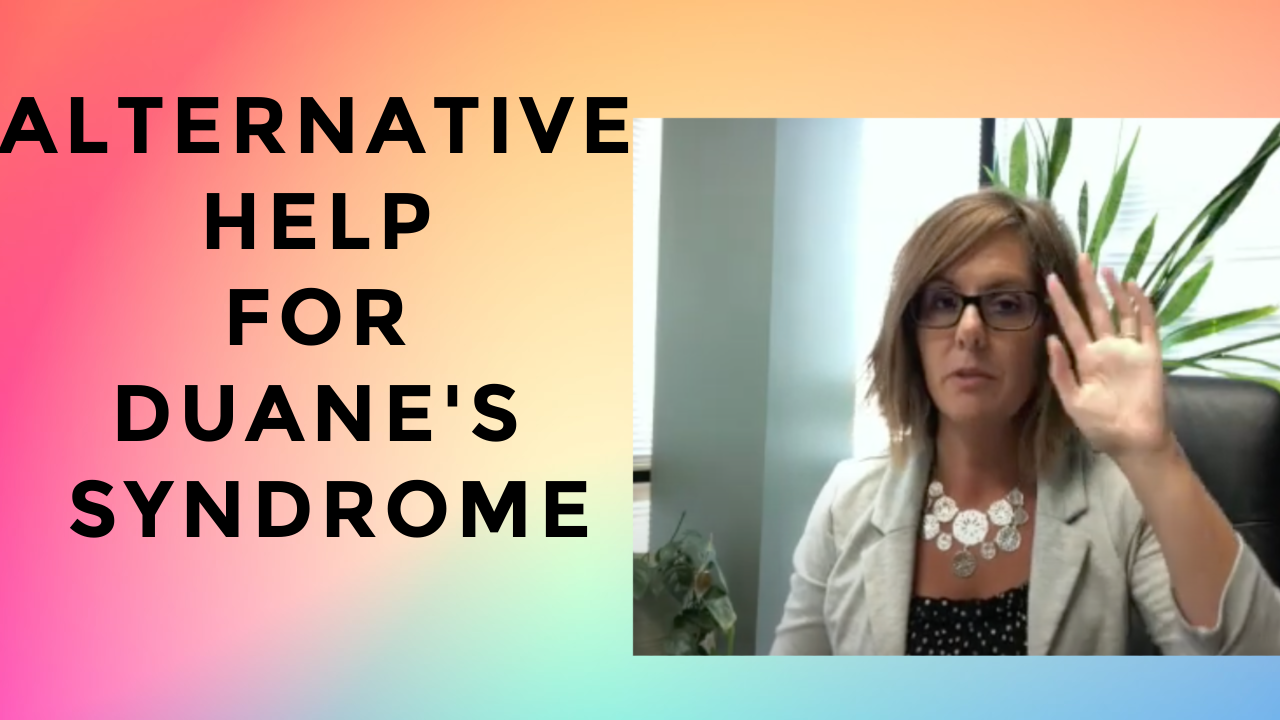Duane syndrome (DS), also referred to as Duane retraction syndrome (DRS), is an eye movement disorder and a form of strabismus. Present at birth due to abnormal development of the 6th cranial nerve, the nerve controls the lateral rectus muscle that’s responsible for the lateral movement of the eye (especially outward movement of the eyeball). When an individual has Duane syndrome, he or she experiences difficulty rotating one or both eyes outward or inward.
The overall reason of this disorder is not fully understood, but vision specialists have identified Duane syndrome’s types and symptoms. It’s characterized by how the abnormality of the nerve affects the direction of one or both eyes. In Type I DS, the affected eye turns outward. In Type II, the affected eye turns outward. Type III DS will cause the affected eye to turn both inward and outward. The most common form of DS is Type I. Does your child exhibit any of the symptoms of Duane syndrome? If so, contact us for a complete vision examination. Other symptoms may include:
- Reduced vision in the affected eye
- Misalignment of one or both eyes (eyes pointing in different directions)
- Abnormal head posture and constant tilting of the head
- Eyelid narrowing and the affected eye may appear smaller than the other eye
For patients with Duane syndrome, it’s usually an isolated 6th cranial nerve condition. Other eye problems occasionally may be present, to include disorders of other cranial nerves. Nystagmus (an involuntary back-and-forth movement of the eyeball), cataract, or optic nerve abnormalities may occur in a patient with Duane syndrome. However; a child’s overall health is most often completely normal. With follow-up and treatment options, the long-term prognosis of achieving good vision is usually excellent.
Duane syndrome currently does not have a cure but there are wonderful options available to our Vision For Life patients that relieve symptoms and help them to live normal and productive lives. Our office has successfully used syntonics and vision therapy to treat patients with Duane syndrome. Syntonics is light therapy that is repeated through a number of treatment sessions. For instance, a patient with eyes turned in would likely view a different color than someone with their eyes turned outward. Syntonics is often used in conjunction with other vision activities and exercises that are based on the patient’s age and severity of Duane syndrome.
Patients and families do not have to rely on surgery as a treatment. Vision For Life treatment options are successful in restoring alignment of the eyes, whereas surgeries are simply a cosmetic “fix” to Duane syndrome. Surgery also has more added risks involved. We encourage patients to avoid surgery and instead, consult with us to learn more about our non-invasive, safe treatment options.
If you or your child has Duane syndrome, call us at 618-288-1489 to schedule a complete vision evaluation. We will develop a custom treatment plan for you to yield the most effective results. Even though there is no cure for Duane syndrome at this time, our Vision For Life team has successfully treated countless patients, also helping to alleviate their symptoms so that they can live happier, healthier lives. Give us a call to set up your Vision For Life appointment today!
